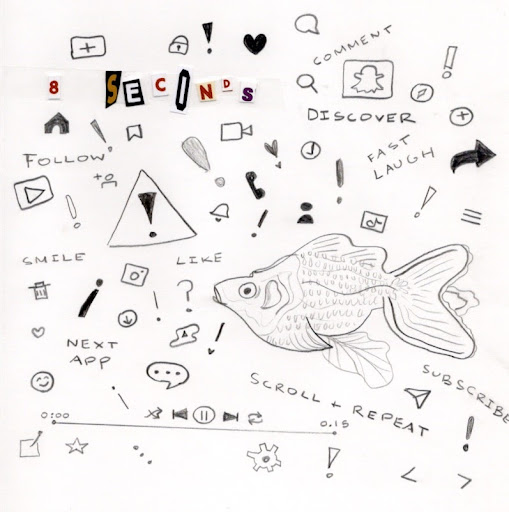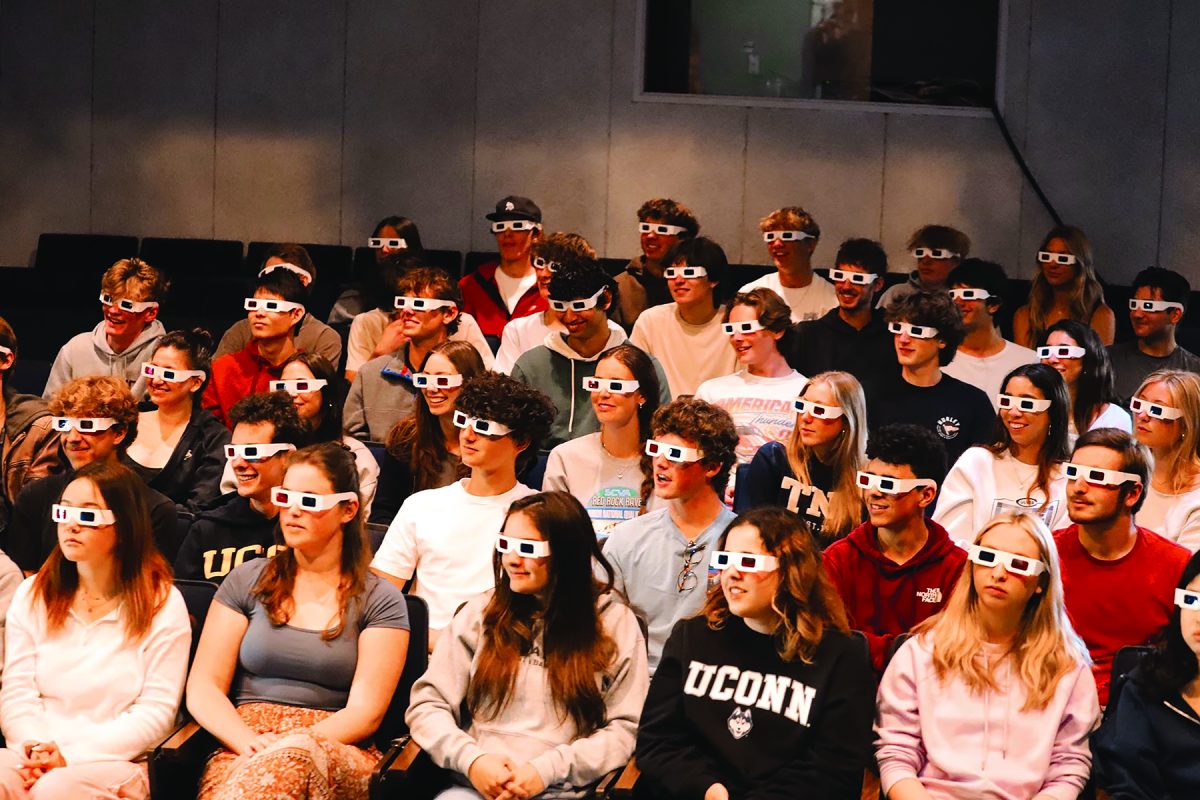Fast Laughs
February 16, 2022
TIME Magazine declared in 2015 that the average time it took for a person to lose attention over a subject was just eight seconds, only one second less than the attention span of a goldfish. BBC News debunked theories of what was named The Goldfish Effect about five years back.
There has not been an entirely accurate measurement of human attention spans, though recently, people are conditioned to wanting faster experiences online. Social media users want a fast laugh, a short story that will not pause their cycle of scrolling on and on while holding onto instant gratification.
Music.ly and Vine were introduced in the early 2010s, and media platforms have advanced similar concepts since then. The app Tik Tok has about a billion users who spend hours scrolling through short videos, lasting from around 15 seconds to reaching a new maximum of three minutes. The average time spent daily on Tik Tok is 52 minutes worldwide.
This app has reached new levels of popularity, especially during the global pandemic, and now many other platforms attempt to recreate the short attention span algorithm. Instagram developed reels, and now Snapchat, Meta, Youtube, Pinterest, and even Netflix have all added a short video feature with similarly-formatted feeds.
Users are continually bombarded with media at an increasingly fast rate in hopes of maintaining their attention. The need to be constantly fueled leads to media multitasking, cycling through applications after one form of entertainment becomes too repetitive.
Social media platforms can dominate their audiences by keeping them hooked without losing interest too quickly, hence short videos and accessibility. This rhythm is likely to expand and evolve, as media designers do not prioritize the wellbeing of their users over views and fast laughs.







